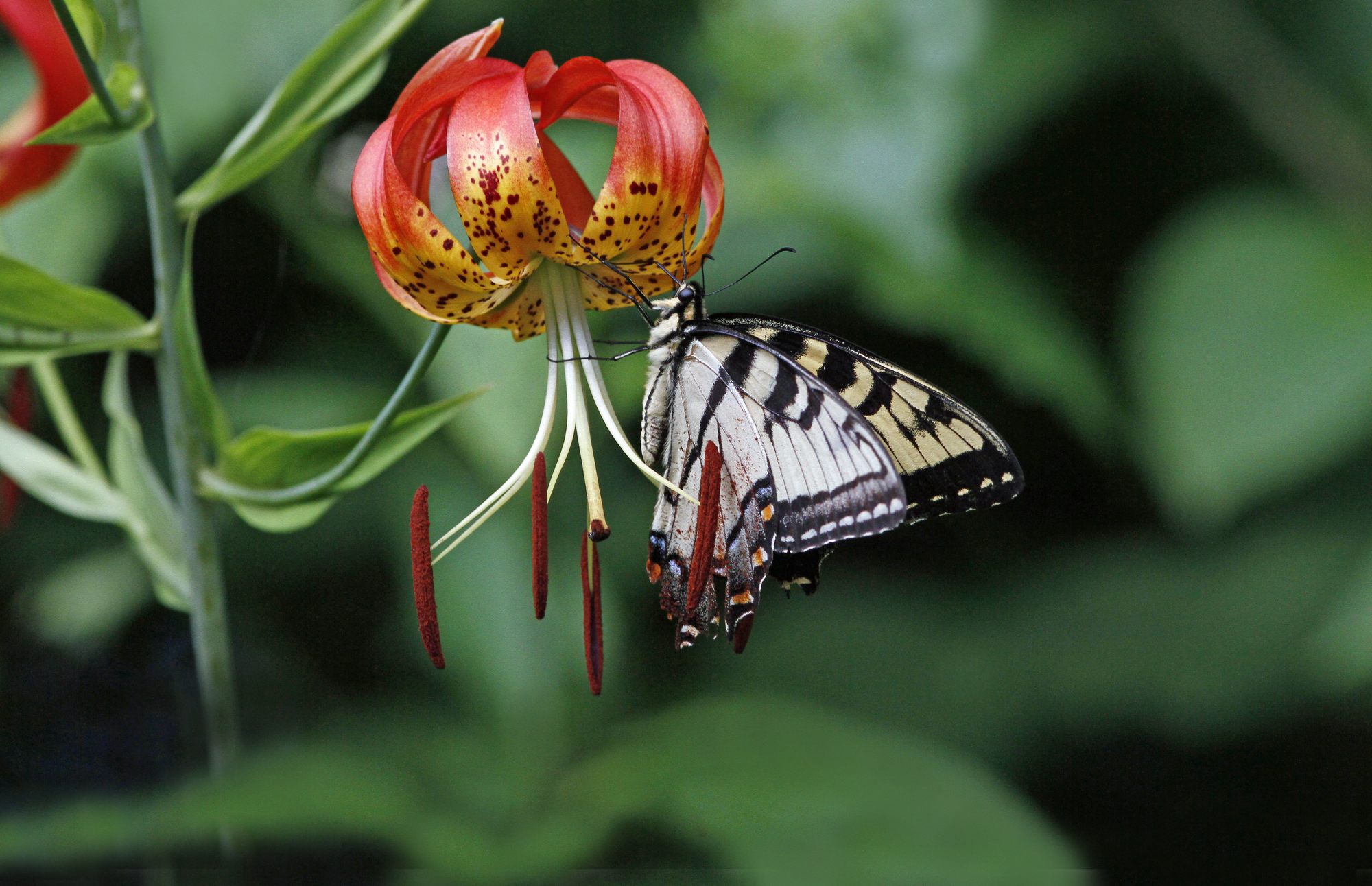Hummingbirds 101, all about Ruby-throated Hummingbirds and how to attract them
program by Pat Sutton
Get ready, get set for Ruby-throated Hummingbirds. Where have they been all winter? In the Tropics! Why leave a tropical area to return to New Jersey? Will more than one settle into a backyard garden? Where is the nest? What does the female use to build her tiny nest? Do I need to buy bottled nectar for my feeder? Is red dye needed in feeders? Did you know that hummingbirds like spiders (for at least two reasons)? Even if you think you know everything about these winged jewels, expect to be surprised by what you learn during this presentation by Pat Sutton, naturalist and wildlife gardener. Key hummingbird native nectar plants will be featured, along with some “Chocolate Cake” annuals. She will show you an a actual hummingbird nest and will share essential tips on how to ready your yard so that you can be entertained by a blizzard of hummingbirds from mid-April until early September (in the northeast).

Any advice on how to clean black mold that started growing on my feeder when it started getting really hot outside? I cannot seem to get all of it off by scrubbing it with very hot water and dishwashing liquid. There are just too many tiny crevices in it and I cannot reach them with the sponge. I don’t want to cause any problems for the hummers!
Hi Toby, Sounds like you are using a feeder that is not well designed and has areas that can not easily be cleaned; sadly there are many hummingbird feeders like this. In my post and hand out (you’ll find a link to my handout in my post) I recommend the mini HummZinger 8 ounce feeder (by Aspects, Inc.) because it is so well designed and can so easily be cleaned. Sometimes friends clean my feeders when we travel and they get a bit yuckier than when I clean them. At times like that I will clean the feeders in hot soapy water, rince them thoroughly and then submerge them in cold water with some bleach added and let them sit submerged for a hour or so. Then I rinse them repeatedly and thoroughly in hot water to get all traces of bleach off before using them again.
Thank you so much! I will look for that model!!